Japan decided to move into the modern world whether the samurai wanted it to or not.
That was the current stance of all those in power, and they were willing to do what it took to ensure that their desires became a reality.
Disgusted with the cultural shift, samurai throughout Japan had resigned from their government positions and moved to Satsuma province, where they were led by famed General Saigo Takamori.
The Schism
After they saw a massive wave of warriors leave to follow such a popular battlefield leader, the Imperials were terrified.
The Satsuma brand of samurai had long been considered the best of the best throughout the country, and should Saigo choose, he could wreak havoc.
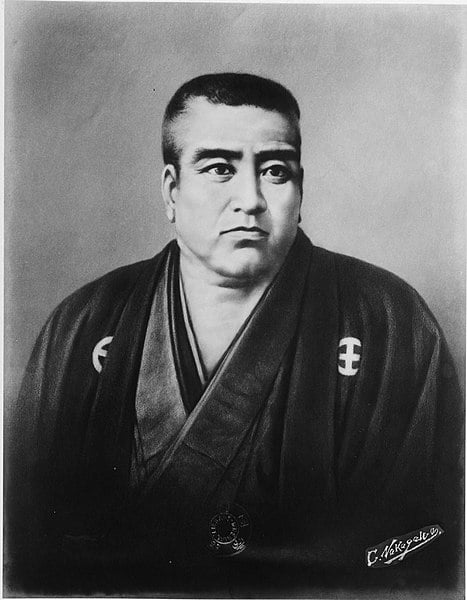
The Imperials quickly moved to do everything they could to disarm them. In 1871, the wearing of swords in public became optional for samurai, and by 1876, it was outright illegal.
Saigo had no intentions of anything other than running the school system that he had set up. However, a series of bad decisions, unfortunate events, and happenstances soon led to the samurai being in open revolt by 1877.
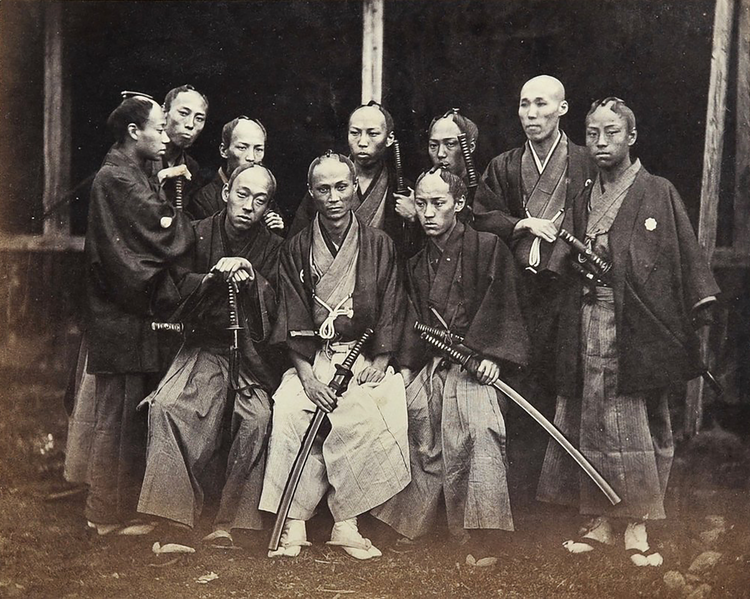
The Battle of Shiroyama
After a series of devastating defeats against the imperial army, General Saigo and his 400 remaining warriors sought refuge at the peak of Castle Mountain.
They had no ammunition, no medical supplies, and were primarily armed with katanas and antiquated flintlocks for weapons.
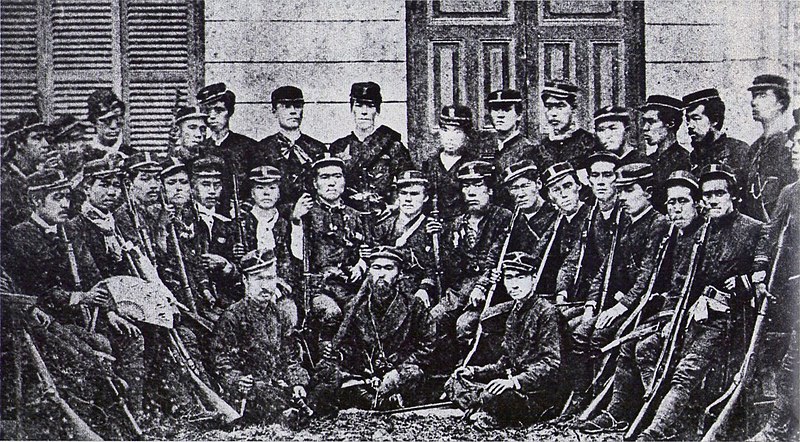
The Imperials surrounded them with 30,000 men, all equipped with modern riflery, artillery, and the like. Saigo and his samurai were outnumbered 60-to-1.
At 3 AM on September 25, 1877, the Imperials opened fire. Their orders were to close in the circle on the mountaintop and squeeze the last of the samurai into oblivion.
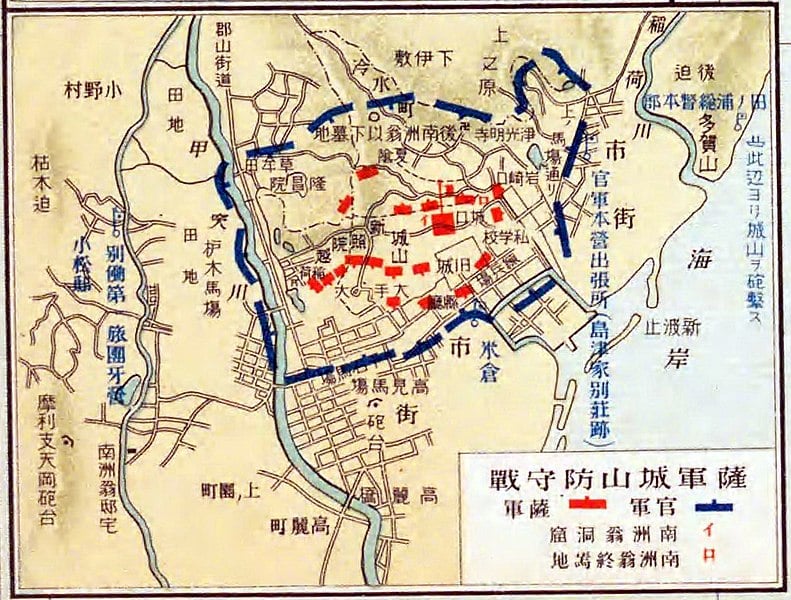
The samurai reached the Imperial front line, where they began to hack them to pieces. During the melee, Saigo was shot and carried away from the front by his comrades.
According to the samurai honor code, Saigo was required to commit suicide (seppuku) rather than be killed on the battlefield by his enemies. In accordance with the code, he was beheaded by a friend.
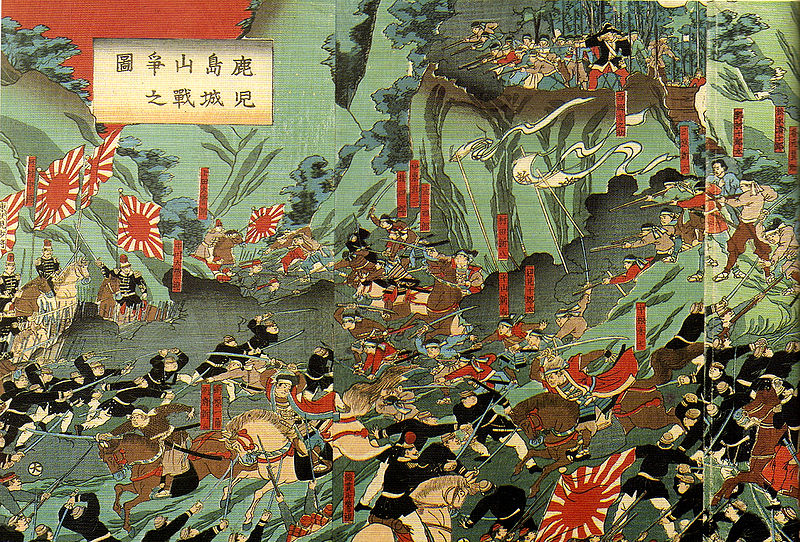
With Saigo dead, the 40 remaining samurai on Castle Mountain left their foxholes and charged directly into enemy lines — but the imperials were waiting.
Using their newly purchased Gatling guns, the Imperials awaited the last charge of the samurai only to mow them down.
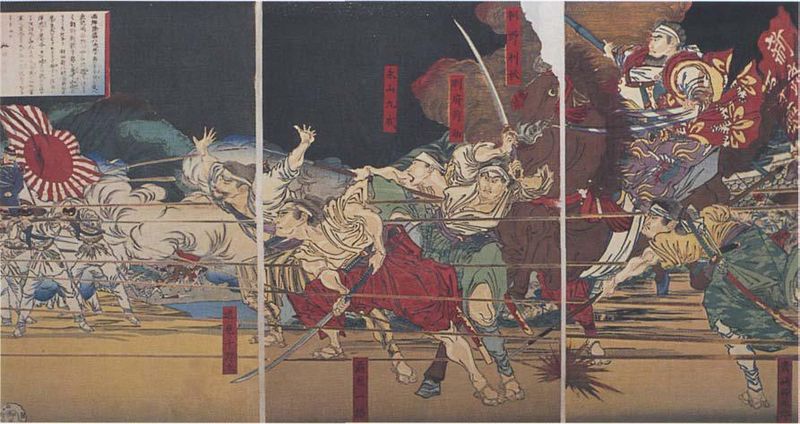
End of an Era
So ended the age of the samurai in Japan.
It didn’t take the Emperor of Japan long to realize the full extent of what had just happened. Modern weapons, even in the hands of even peasants, proved superior to the feared samurai warriors.
Using this newfound knowledge, the entire idea of a samurai was eradicated. Following this, the Imperials used their men-at-arms to slowly extend their reach throughout the Pacific.
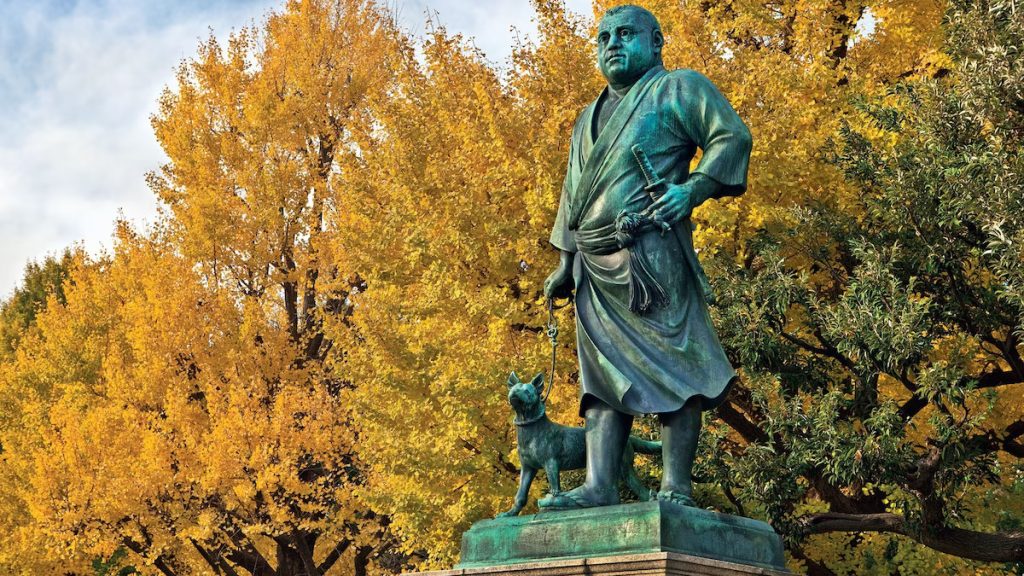
For those familiar with Tom Cruises’ The Last Samurai, it was Saigo Takamori’s life amidst the Satsuma Rebellion that provided the bones of the story.
You read more on the subject, check out Mark Ravina’s The Last Samurai: The Life and Battles of Saigo Takamori.
This is a new style of article for Pew Pew Tactical, if you liked it — let us know in the comments! If you didn’t enjoy it…well phooey. To catch up on previous Pictures from History, click on over to our History Category.

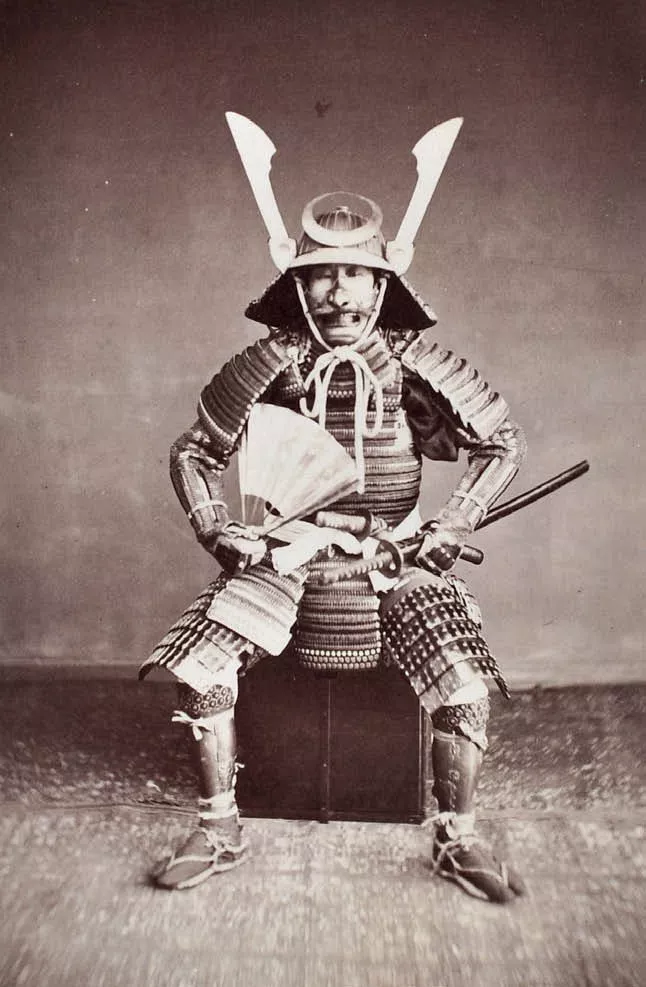







6 Leave a Reply
Good stuff, great article.
Liked the samari article. I'm a history buff and believe that history aids in understanding current events and culture.
Wonderful snapshot. Love these, keep them coming!
Nice article. Thank you. I had seen The Last Samurai, and knew it to be highly fictionalized. I have long respected, have not practiced enough, but still appreciate the spirit of bushido.
Enjoyed the article and the “background” story for the movie. Sad their world had to change as it did.
A+
Was not familiar with the back story of the movie The Last Samurai.